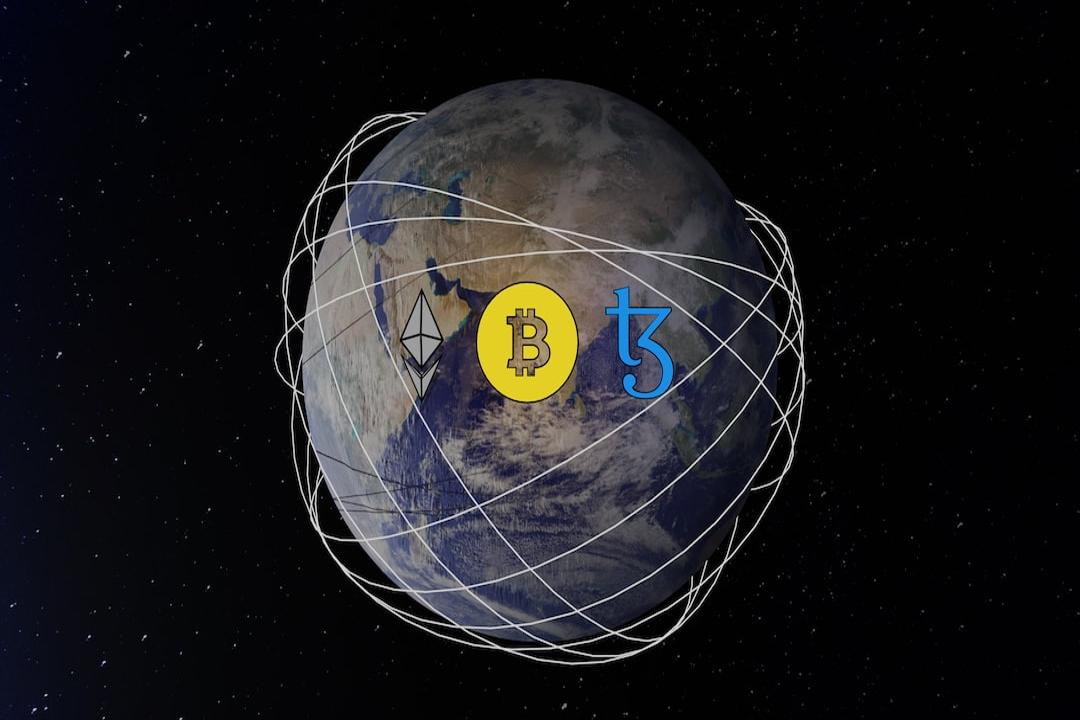Ethereum’s Layer 2s (L2s), which are secondary layers built on top of Ethereum’s main blockchain, are projected to reach a remarkable market valuation of $1 trillion by 2030, according to a report by VanEck. This development has sparked great interest and curiosity among crypto enthusiasts.
At their core, L2s aim to enhance Ethereum’s transaction processing capabilities while maintaining its fundamental principles of security and decentralization. These solutions handle transactions off-chain before finalizing them on the main blockchain, thereby increasing Ethereum’s ability to handle a larger volume of transactions efficiently.
Ethereum faces scalability challenges due to its significant activity levels, resulting in higher fees and longer processing times for transactions. L2 solutions come into play to address this issue, offering scalability through innovative mechanisms such as Optimistic Roll-Ups (ORUs) and Zero-Knowledge Roll-Ups (ZKUs). Both types bundle multiple transactions into single submissions to Ethereum, but differ in their approach to transaction validation and finality.
VanEck’s analysis evaluates L2 platforms based on five crucial dimensions: transaction pricing, ease of development, user experience, trust assumptions, and the size and quality of their ecosystem. Each aspect plays a vital role in determining the potential success and longevity of an L2 solution in the ever-evolving crypto landscape.
One significant challenge facing Ethereum and its L2s is the capacity to handle the massive volume of transactions required by a global financial system. Ethereum’s design deliberately limits its throughput to maintain its decentralization and security principles. While noble, this design choice restricts the network’s ability to process transactions at the pace necessary to serve as the backbone for global finance.
To overcome these limitations, Ethereum’s roadmap has shifted towards L2 solutions, aimed at offloading the majority of transaction processing from the main chain. This strategy not only eases the load on the main Ethereum blockchain but also reinforces the value of ETH as the primary currency for transaction fees within the ecosystem.
The revenue models for L2s vary based on their technological foundations. These platforms generate income by charging fees for transaction processing, with pricing structures that may include priority fees for users seeking faster processing. VanEck’s report highlights the significant revenue potential of these models, showcasing the hundreds of millions in earnings generated by leading L2s through user transactions alone.
An essential aspect of L2 economics is their interaction with Ethereum’s gas fees, as they regularly submit transaction data, settlements, and proofs to the main chain. This dependency introduces volatility in L2 costs, which are mostly passed on to users but also impact the platforms’ profit margins. However, innovations like Ethereum’s EIP-4844 aim to mitigate these costs by creating a specialized layer for L2 data postings, offering a cheaper and more efficient method for L2s to interact with Ethereum.
Furthermore, Ethereum’s introduction of Blob Space is set to revolutionize cost dynamics for L2s. This specialized data layer, exclusively for L2 postings, reduces Ethereum’s data storage burden and provides a more cost-effective alternative for L2s to post transaction data. This innovation is expected to significantly reduce the gas costs associated with L2 data postings, further enhancing their economic viability.
VanEck’s evaluation goes beyond technical capabilities and cost structures, delving into the user and developer experiences, trust and security assumptions, and the size and vibrancy of their ecosystems. These factors collectively shape the potential market dominance and success of an L2 platform.
As we approach 2030, the L2 landscape is predicted to undergo significant evolution, with VanEck forecasting a staggering market valuation of $1 trillion. This projection depends on a complex interplay of factors, including transaction revenues, the addressable market of end users, and the strategic positioning of Ethereum and its L2 extensions within the broader blockchain ecosystem.

